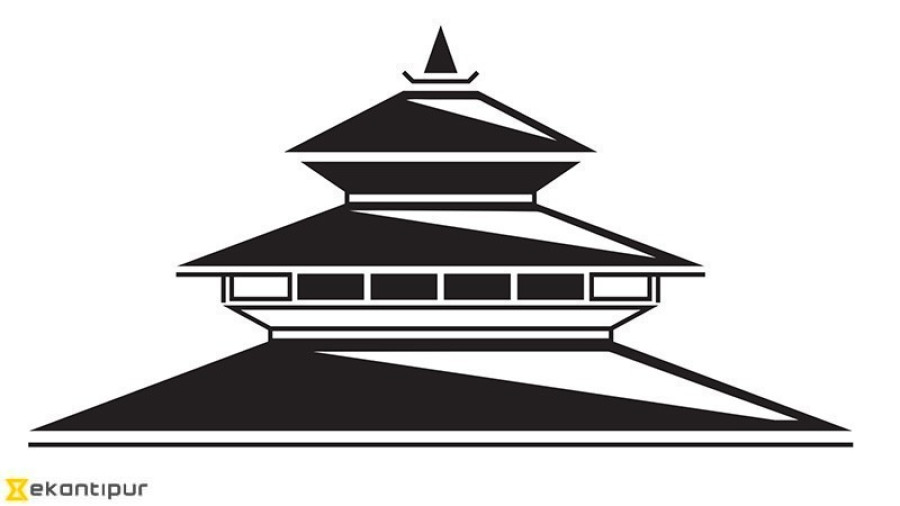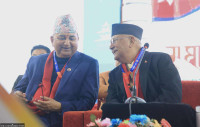Editorial
Education of daughters
The results of the Secondary Education Examinations (SEE) are out, and they exhibit some worrying tendencies. When in 2015, the number of girls appearing for the School Leaving Certificate (SLC) outnumbered the boys for the first time,
The results of the Secondary Education Examinations (SEE) are out, and they exhibit some worrying tendencies. When in 2015, the number of girls appearing for the School Leaving Certificate (SLC) outnumbered the boys for the first time, it was taken to indicate increasing levels of education for females.
This year too, 223,882 girls sat for the SEE, compared to 221,662 boys. This trend could perhaps suggest that females are catching up to their male counterparts.
But, as the recent SEE results have revealed, girls still have a long way to go in terms of performance.
Every year, girls continue to perform below boys. In 2015, 60 percent of the 145,183 School Leaving Certificate supplementary examinees, who had failed in two subjects at most, were girls.
This year, among the nine levels of Grade Point Average (GPA) categorised by the Central Examination Board, boys outnumber girls in the top four levels, while more girls than boys have obtained the lower five grades.
As many as 12,284 students secured a GPA above 3.65, out of which 7,034 (57.2 percent) were boys. This disparity indicates that females are still lagging behind for a wide range of reasons.
That education is necessary to enhance the status of women and end gender disparity is beyond question. But the existing patriarchal mindset presents a barrier for females who want to better educate themselves.
According to education experts, girls have to deal with instances of socio-cultural inequality at home and in society at large.
For example, while girls in general are “expected” to complete a number of household chores, leaving them less time for studies, boys are not saddled with such obligations.
What’s more, many parents tend to choose better schools for their sons than for their daughters. In 2015, 480,000 girls were enrolled in private schools in comparison to 641,000 boys.
In public schools, however, 3.19 million girls were enrolled in comparison to 2.87 million boys. That private schools in Nepal produce better performing students is a well-known fact.
The government has recognised the need for school-level education for girls, introducing incentives such as 50 percent scholarships for girls, an increase in the number of female teachers and separate toilets for girls.
It should be commended for such initiatives, but more needs to be done. While these incentives have led to increased enrolment, the government must also introduce other initiatives to improve the quality of education for girls.
Good education opens countless avenues for women’s empowerment. It should be accorded the gravity it deserves.




 6.12°C Kathmandu
6.12°C Kathmandu














